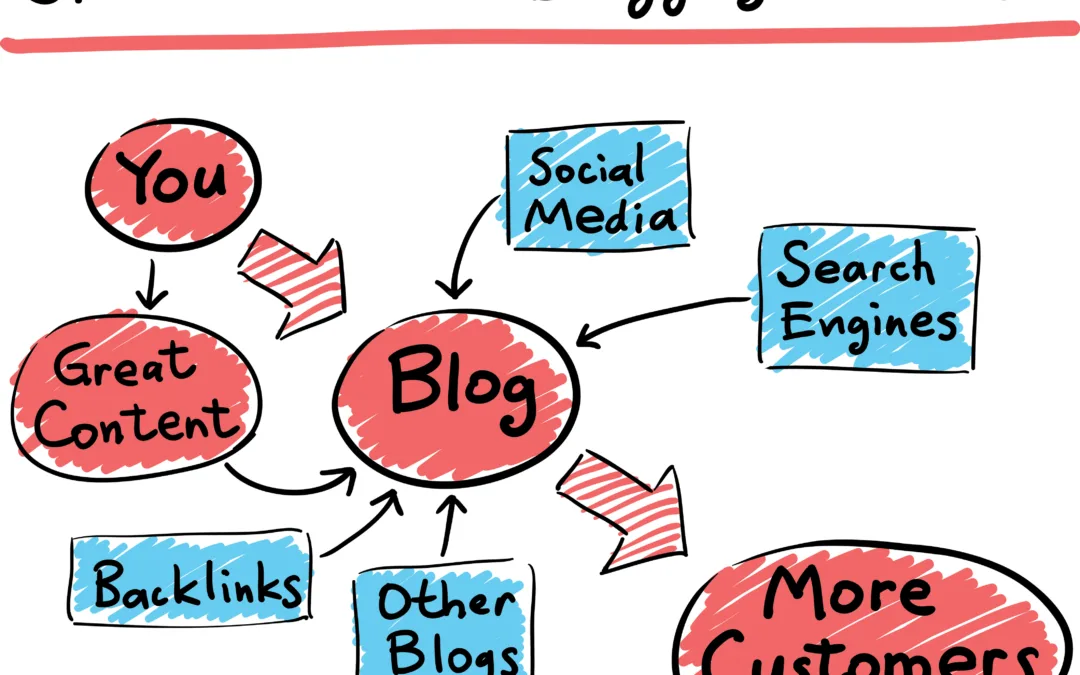In the ever-evolving landscape of B2B marketing, email continues to be a powerful tool for...

iPoint Insights (blog)

In the ever-evolving landscape of B2B marketing, email continues to be a powerful tool for...

The decision to redesign your business website is a significant step toward enhancing your online...

In the expansive realm of the internet, websites come in various shapes and sizes, each serving a...

In the dynamic realm of digital marketing, selecting the right B2B advertising methods is pivotal...

In the dynamic realm of digital marketing, businesses often grapple with the choice between...

Maximizing Conversions: The Power of Landing Pages Paired with DM Campaigns In the ever-evolving...
In the realm of digital marketing, crafting a compelling online presence is paramount for businesses aiming to attract and engage their target audience. Two popular tools that often come into play are landing pages and microsites. While both serve as valuable assets in the online marketing arsenal, they possess distinct characteristics and purposes. In this blog post, we will delve into the fundamental differences between a landing page and a microsite, shedding light on their unique features and guiding you towards making informed decisions for your digital marketing strategy.
Defining Landing Pages
A landing page is a standalone web page designed with a specific objective in mind – usually to generate conversions or capture leads. It serves as the entry point for visitors who arrive at the page after clicking on a marketing campaign’s call-to-action (CTA), such as a pay-per-click (PPC) ad, email link, or social media post. Landing pages typically focus on a single goal, minimizing distractions to maximize conversions.
Key Characteristics of Landing Pages
Exploring Microsites
Unlike landing pages, microsites are comprehensive, self-contained websites that exist independently from a company’s main website. They are specifically designed to support broader marketing campaigns, product launches, or brand initiatives that require more extensive content and engagement. Microsites offer a unique browsing experience, presenting a wealth of information while maintaining a cohesive narrative.
Key Characteristics of Microsites
When to Use a Landing Page or Microsite
Choosing between a landing page and a microsite depends on the specific marketing objective and the depth of engagement you wish to achieve. Here are some scenarios to consider:
Conclusion Landing pages and microsites are valuable tools in the digital marketer’s toolkit, each serving distinct purposes.